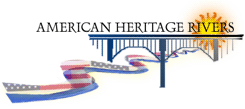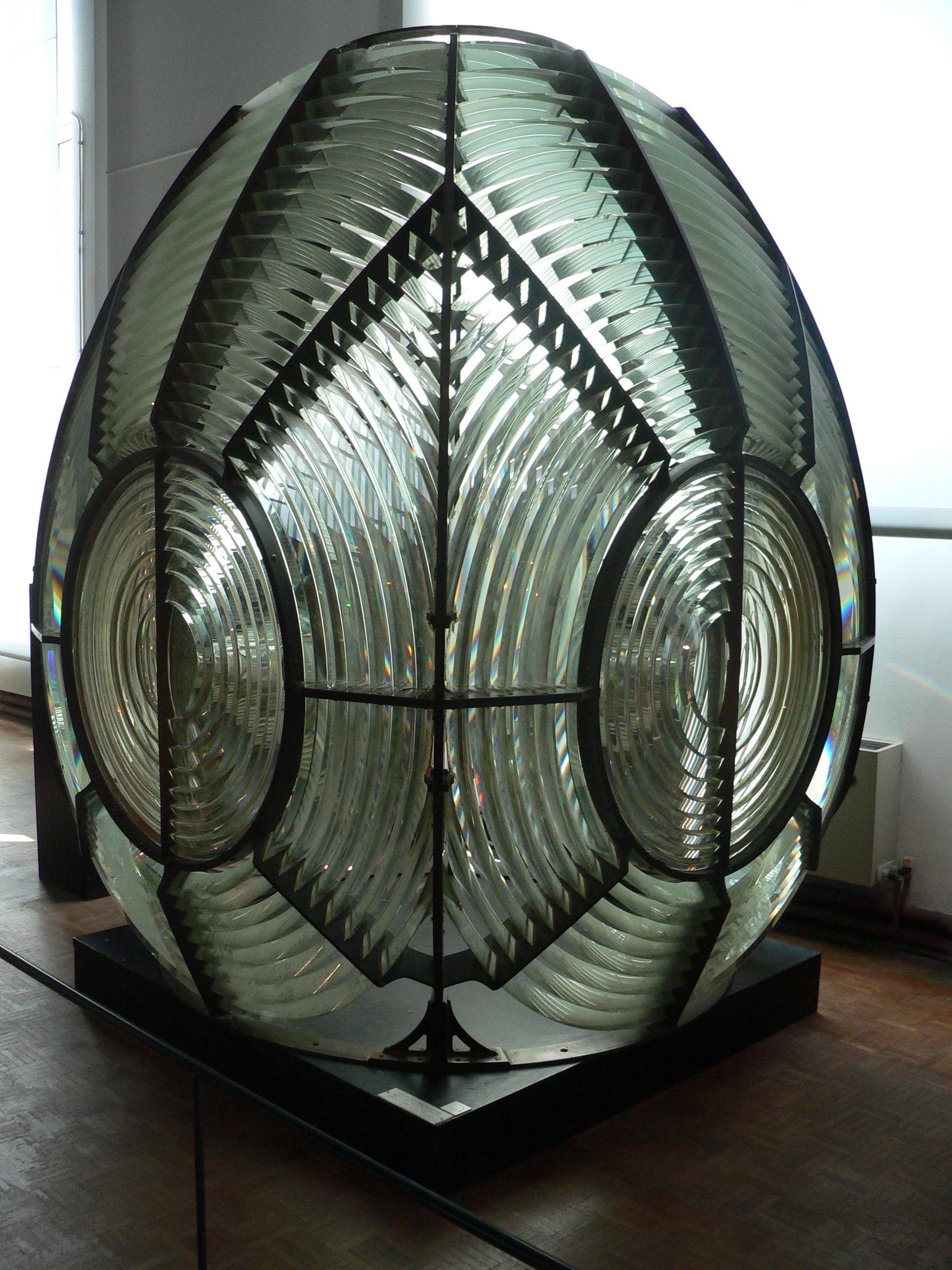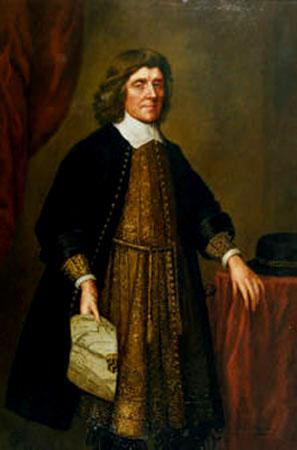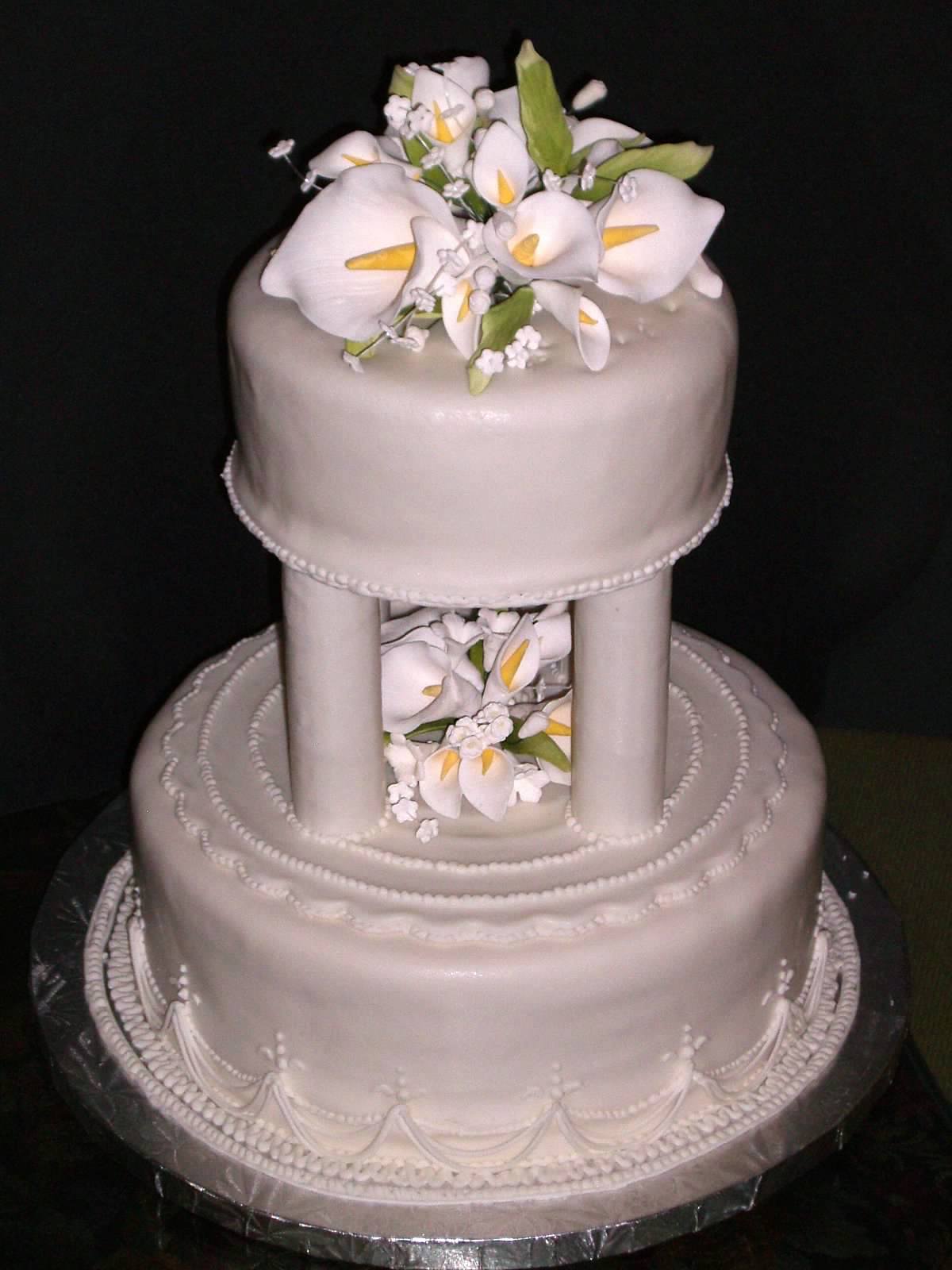|
Mathias Point Light
The Mathias Point Light was a screw-pile lighthouse in the Potomac River in Maryland; the station was located near the Port Tobacco River. It was particularly noted for its ornate woodwork. History Funds for a light near Quantico, Virginia were appropriated in 1872. An engineering study recommended instead that lights be built downstream, and an appropriation was made in 1874 to build a light on Port Tobacco Flats, with a day beacon for Mathias Point. By the time construction began the two were switched, and the light was completed in 1876. Matthias Point was like no other screw-pile structure on the bay, with much decorative woodwork and a distinctive three tiered structure that some described as resembling a wedding cake A wedding cake is the traditional cake served at wedding receptions following dinner. In some parts of England, the wedding cake is served at a wedding breakfast; the 'wedding breakfast' does not mean the meal will be held in the morning, but at .... It was ... [...More Info...] [...Related Items...] OR: [Wikipedia] [Google] [Baidu] |
Potomac River
The Potomac River () drains the Mid-Atlantic (United States), Mid-Atlantic United States, flowing from the Potomac Highlands of West Virginia, Potomac Highlands into Chesapeake Bay. It is long,U.S. Geological Survey. National Hydrography Dataset high-resolution flowline dataThe National Map. Retrieved August 15, 2011 with a Drainage basin, drainage area of 14,700 square miles (38,000 km2), and is the fourth-largest river along the East Coast of the United States and the 21st-largest in the United States. Over 5 million people live within its drainage basin, watershed. The river forms part of the borders between Maryland and Washington, D.C. on the left descending bank and between West Virginia and Virginia on the right descending bank. Except for a small portion of its headwaters in West Virginia, the #North Branch Potomac River, North Branch Potomac River is considered part of Maryland to the low-water mark on the opposite bank. The South Branch Potomac River lies comple ... [...More Info...] [...Related Items...] OR: [Wikipedia] [Google] [Baidu] |
Screw-pile Lighthouse
A screw-pile lighthouse is a lighthouse which stands on piles that are screwed into sandy or muddy sea or river bottoms. The first screw-pile lighthouse to begin construction was built by the blind Irish engineer Alexander Mitchell. Construction began in 1838 at the mouth of the Thames and was known as the Maplin Sands lighthouse, and first lit in 1841. However, though its construction began later, the Wyre Light in Fleetwood, Lancashire, was the first to be lit (in 1840). In the United States, several screw-pile lighthouses were constructed in the Chesapeake Bay due to its estuarial soft bottom. North Carolina's sounds and river entrances also once had many screw-pile lights. The characteristic design is a -storey hexagonal wooden building with dormers and a cupola light room. History Non-screwpile (straightpile) tubular skeletal tower lighthouses were built, usually of cast-iron but also of wrought-iron piles, both onshore and offshore, typically on soft bottoms such as ... [...More Info...] [...Related Items...] OR: [Wikipedia] [Google] [Baidu] |
Cast-iron
Cast iron is a class of iron–carbon alloys with a carbon content more than 2%. Its usefulness derives from its relatively low melting temperature. The alloy constituents affect its color when fractured: white cast iron has carbide impurities which allow cracks to pass straight through, grey cast iron has graphite flakes which deflect a passing crack and initiate countless new cracks as the material breaks, and ductile cast iron has spherical graphite "nodules" which stop the crack from further progressing. Carbon (C), ranging from 1.8 to 4 wt%, and silicon (Si), 1–3 wt%, are the main alloying elements of cast iron. Iron alloys with lower carbon content are known as steel. Cast iron tends to be brittle, except for malleable cast irons. With its relatively low melting point, good fluidity, castability, excellent machinability, resistance to deformation and wear resistance, cast irons have become an engineering material with a wide range of applications an ... [...More Info...] [...Related Items...] OR: [Wikipedia] [Google] [Baidu] |
Wood
Wood is a porous and fibrous structural tissue found in the stems and roots of trees and other woody plants. It is an organic materiala natural composite of cellulose fibers that are strong in tension and embedded in a matrix of lignin that resists compression. Wood is sometimes defined as only the secondary xylem in the stems of trees, or it is defined more broadly to include the same type of tissue elsewhere such as in the roots of trees or shrubs. In a living tree it performs a support function, enabling woody plants to grow large or to stand up by themselves. It also conveys water and nutrients between the leaves, other growing tissues, and the roots. Wood may also refer to other plant materials with comparable properties, and to material engineered from wood, or woodchips or fiber. Wood has been used for thousands of years for fuel, as a construction material, for making tools and weapons, furniture and paper. More recently it emerged as a feedstock for the ... [...More Info...] [...Related Items...] OR: [Wikipedia] [Google] [Baidu] |
Fresnel Lens
A Fresnel lens ( ; ; or ) is a type of composite compact lens developed by the French physicist Augustin-Jean Fresnel (1788–1827) for use in lighthouses. It has been called "the invention that saved a million ships." The design allows the construction of lenses of large aperture and short focal length without the mass and volume of material that would be required by a lens of conventional design. A Fresnel lens can be made much thinner than a comparable conventional lens, in some cases taking the form of a flat sheet. The simpler dioptric (purely refractive) form of the lens was first proposed by Count Buffon and independently reinvented by Fresnel. The '' catadioptric'' form of the lens, entirely invented by Fresnel, has outer elements that use total internal reflection as well as refraction; it can capture more oblique light from a light source and add it to the beam of a lighthouse, making the light visible from greater distances. Description The Fresnel len ... [...More Info...] [...Related Items...] OR: [Wikipedia] [Google] [Baidu] |
Screw-pile Lighthouse
A screw-pile lighthouse is a lighthouse which stands on piles that are screwed into sandy or muddy sea or river bottoms. The first screw-pile lighthouse to begin construction was built by the blind Irish engineer Alexander Mitchell. Construction began in 1838 at the mouth of the Thames and was known as the Maplin Sands lighthouse, and first lit in 1841. However, though its construction began later, the Wyre Light in Fleetwood, Lancashire, was the first to be lit (in 1840). In the United States, several screw-pile lighthouses were constructed in the Chesapeake Bay due to its estuarial soft bottom. North Carolina's sounds and river entrances also once had many screw-pile lights. The characteristic design is a -storey hexagonal wooden building with dormers and a cupola light room. History Non-screwpile (straightpile) tubular skeletal tower lighthouses were built, usually of cast-iron but also of wrought-iron piles, both onshore and offshore, typically on soft bottoms such as ... [...More Info...] [...Related Items...] OR: [Wikipedia] [Google] [Baidu] |
Maryland
Maryland ( ) is a U.S. state, state in the Mid-Atlantic (United States), Mid-Atlantic region of the United States. It shares borders with Virginia, West Virginia, and the District of Columbia to its south and west; Pennsylvania to its north; and Delaware and the Atlantic Ocean to its east. Baltimore is the largest city in the state, and the capital is Annapolis, Maryland, Annapolis. Among its occasional nicknames are ''Maryland 400, Old Line State'', the ''Free State'', and the ''Chesapeake Bay State''. It is named after Henrietta Maria, the French-born queen of England, Scotland, and Ireland, who was known then in England as Mary. Before its coastline was explored by Europeans in the 16th century, Maryland was inhabited by several groups of Native Americans – mostly by Algonquian peoples and, to a lesser degree, Iroquoian peoples, Iroquoian and Siouan languages, Siouan. As one of the original Thirteen Colonies of England, Maryland was founded by George Calvert, 1st Baron Ba ... [...More Info...] [...Related Items...] OR: [Wikipedia] [Google] [Baidu] |
Port Tobacco River
The Port Tobacco River is a tidal tributary of the Potomac River located in Charles County, Maryland in the United States. The river is approximately in length.U.S. Geological Survey. National Hydrography Dataset high-resolution flowline dataThe National Map accessed August 15, 2011 Port Tobacco, the county seat of Charles County from 1658 to 1895, was an active port until that portion of the river became silted and unnavigable. When the railroad bypassed the town, business declined, and the county seat was moved to La Plata, Maryland. References External linksPort Tobacco River Conservancy Rivers of Maryland Rivers of Charles County, Maryland Tributaries of the Potomac River {{Maryland-river-stub ... [...More Info...] [...Related Items...] OR: [Wikipedia] [Google] [Baidu] |
Quantico, Virginia
Quantico ( or ; formerly Potomac) is a town in Prince William County, Virginia, United States. The population was 480 at the 2010 census. Quantico is approximately 35 miles southwest of Washington, DC, bordered by the Potomac River to the east and the Quantico Creek to the north. The word Quantico is a derivation of the name of a Doeg village recorded by English colonists as ''Pamacocack''. Quantico is surrounded on its remaining two sides by one of the largest U.S. Marine Corps bases, Marine Corps Base Quantico. The base is the site of the HMX-1 presidential helicopter squadron, the FBI Academy, the FBI Laboratory, the Marine Corps Combat Development Command, the Officer Candidates School, The Basic School, The United States Drug Enforcement Administration training academy, the Naval Criminal Investigative Service, the United States Army Criminal Investigation Division, and the Air Force Office of Special Investigations headquarters. A replica of the United States Marine Corps ... [...More Info...] [...Related Items...] OR: [Wikipedia] [Google] [Baidu] |
Day Beacon
A day beacon (sometimes "daybeacon") is an unlighted nautical sea mark. A signboard identifying it is called a day mark. Day beacons typically mark channels whose key points are marked by lighted buoys. They may also mark smaller navigable routes in their entirety. They are the most common navigation aid in shallow water, as they are relatively inexpensive to install and maintain. Navigation around them is similar to that around other navigation aids. Identification Lateral marking For historical reasons, there are two systems for lateral day beacons. When proceeding from open water towards harbor, marks with cylindrical topmarks or square dayboards are kept to port in both regions, but colors and numbers are reversed. When lateral beacons are paired, vessels should pass between the pairing. However, beacons are also frequently placed individually. Generally, single lateral beacons are at the inside corner of a turn. Interior or exterior placement can be determined based ... [...More Info...] [...Related Items...] OR: [Wikipedia] [Google] [Baidu] |
Wedding Cake
A wedding cake is the traditional cake served at wedding receptions following dinner. In some parts of England, the wedding cake is served at a wedding breakfast; the 'wedding breakfast' does not mean the meal will be held in the morning, but at a time following the ceremony on the same day. In modern Western culture, the cake is usually on display and served to guests at the reception. Traditionally, wedding cakes were made to bring good luck to all guests and the couple. Nowadays, however, they are more of a centerpiece to the wedding and are not always even served to the guests. Some cakes are built with only a single edible tier for the bride and groom to share, but this is rare since the cost difference between fake and real tiers is minimal. Basic information Wedding cakes come in a variety of sizes, depending on the number of guests the cake will serve. Modern pastry chefs and cake designers use various ingredients and tools to create a cake that usually reflects the perso ... [...More Info...] [...Related Items...] OR: [Wikipedia] [Google] [Baidu] |
Upper Cedar Point Light
The Upper Cedar Point Light was a screw-pile lighthouse in the Potomac River in Maryland. It was first lit in 1867 and served, except for a brief period of inactivity, until being dismantled in 1963. History The station had been served by a lightvessel since 1821. In 1867 a small square screw-pile structure was constructed at the site. It served until 1876, when the Mathias Point Light was constructed to the east. The Lighthouse Board received numerous complaints, however, and reactivated the light in 1882. Five years after the lighthouse was re-lit, Thomas Edwin Speake was the keeper. It remained active until 1963, when it was dismantled and replaced with a small automatic tower mounted on the original foundation. Upper Cedar Point Light was tended by a black keeper and assistant keeper for a time in the 1870s, one of the few American American(s) may refer to: * American, something of, from, or related to the United States of America, commonly known as the "United Sta ... [...More Info...] [...Related Items...] OR: [Wikipedia] [Google] [Baidu] |





